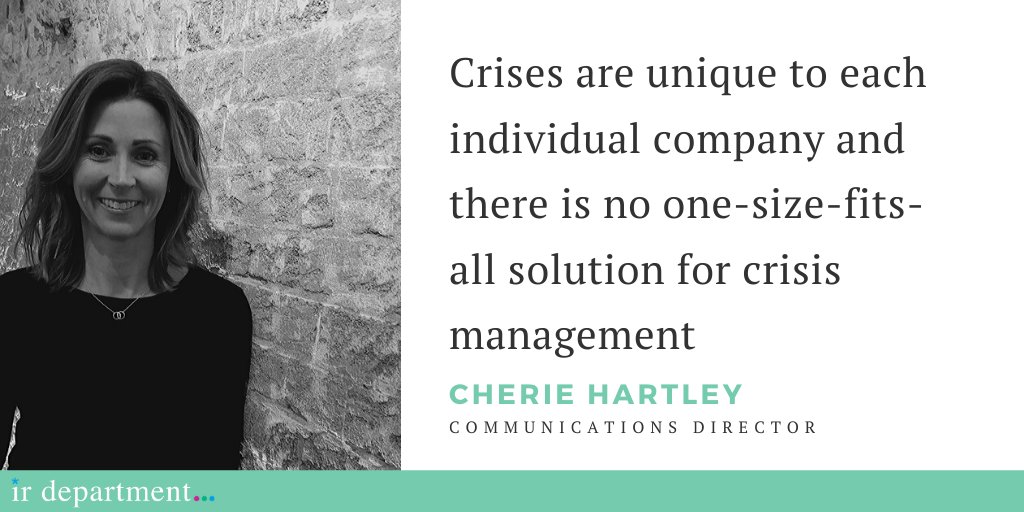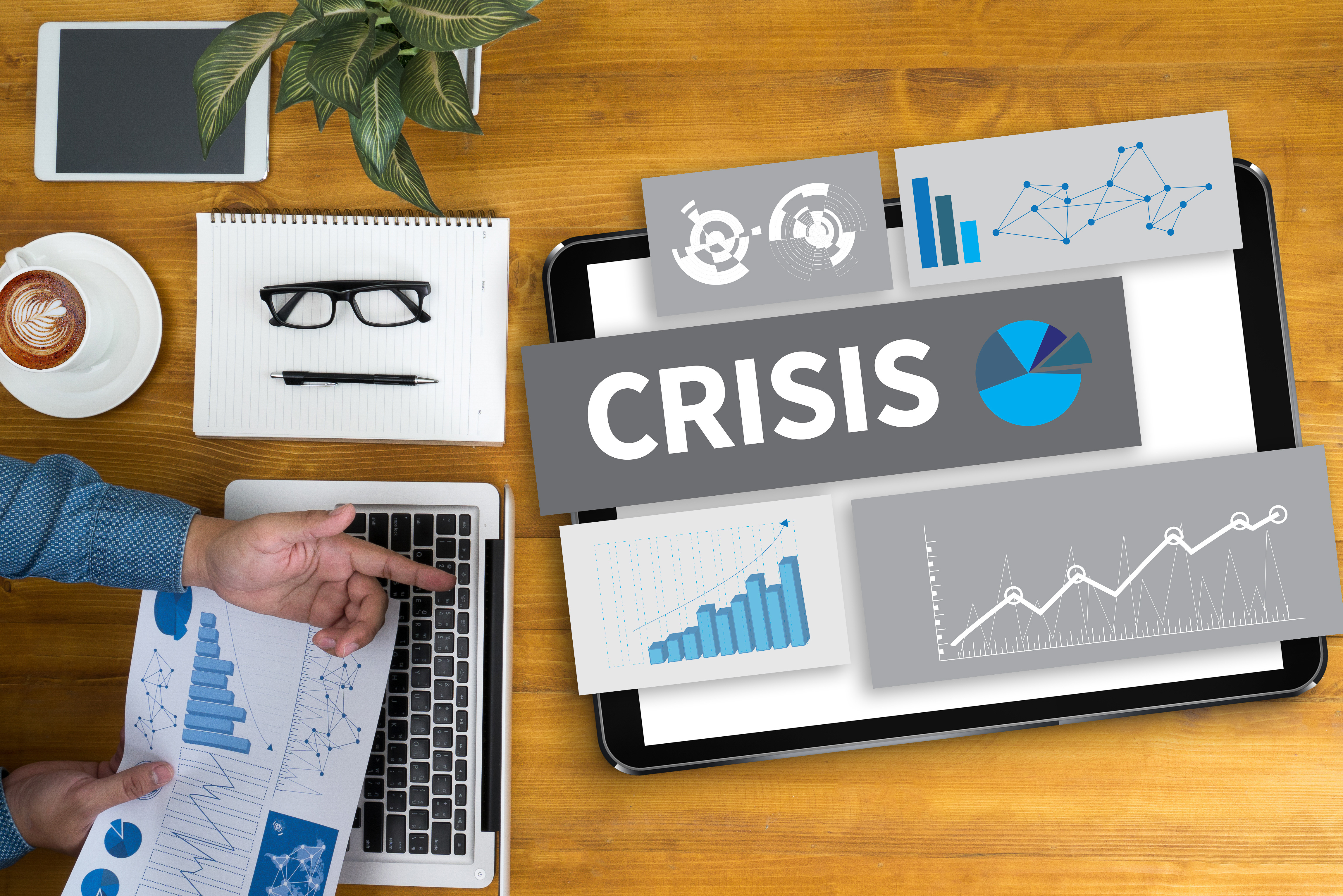Recent Posts
Archives
Part 2: Ten steps to crisis management

This is the second article in a two-part series, written by our Communications Director, Cherie Hartley.
In part one, we covered the definition of a crisis and shared the example of a company which turned a looming crisis into an opportunity. Here in part two, we get into the nuts and bolts of how to effectively plan for a corporate crisis and how to prepare your team on how to respond effectively, before the need arises.
This is the second article in a two-part series, written by our Communications Director, Cherie Hartley.

In part one, we covered the definition of a crisis and shared the example of a company which turned a looming crisis into an opportunity. Here in part two, we get into the nuts and bolts of how to effectively plan for a corporate crisis and prepare your team to respond effectively, before the need arises.
By developing a crisis management plan that identifies all potential business risks, considers the possible stages of a crisis, and details a crisis management team with clear roles and responsibilities, you will be in a much stronger position to effectively manage any unforeseen event or catastrophe. This will ultimately help protect your company from negative repercussions and long-term reputational damage.
The following steps provide a check-list to help guide you through a time of crisis, but would need to be refined and adapted for your specific organisation.
- Scenario planning – get on the front-foot by conducting risk assessments and scenario planning in order to anticipate potential issues. Focus specifically on any situations that would threaten the business, its reputation, its people or its assets
- Identity the CMT – who from the organisation is in the crisis management team (CMT) and which specific roles do they each play? Ensure the chain of command and communication channels are clear to the whole team. The primary functions of the CMT include:
- Analysing the problem / situation
- Developing the crisis management strategy
- Creating a tactical action plan
- Implementing and overseeing the plan
- Management of the information flow
- Management of legal and regulatory requirements
- Identify the spokesperson – who is the person most relevant and qualified to front media, staff, investors, KOLs and others. This person can change depending on the severity of the crisis and the areas of the business affected. It’s also important to consider media training for each spokesperson, specifically focusing on the crisis

- Identify your various audiences – uncover all relevant stakeholders (internal and external) in order to communicate with them consistently but with tailored messaging. It’s also vital to identify the best communications channels to reach each stakeholder audience e.g. meetings, emails, 1:1 calls or conference calls, analyst briefings, ministerial briefing notes, via media or social channels
- Establish media monitoring – in the event of a crisis you need to be able to closely monitor what is being said and assess any new developments in media and online channels as soon as they arise. Effective media monitoring systems should be put in place immediately, including google alerts, a media monitoring service, social media listening tools and 24 x 7 monitoring of your social media channels. If you’re a listed company, you should also be monitoring relevant investor forums online
- Prepare materials – including holding statements, Q&As, ASX announcements, press releases, social posts, staff emails, videos, etc. Ensure that all communications materials and outreach are reviewed with your legal team.
- Develop crisis management plan – utilising all of the information prepared in the above points, develop a comprehensive crisis management plan and ensure one owner of the master document
And then… the unthinkable happens and a crisis hits! Now what?
- Situation analysis – once an issue is identified, the CMT meets for initial assessment and development of response plan. At this time, you should also reaffirm the lines of communication and remind the team about how to communicate and where to log or report issues as they unfold
- Refine messages and communications channels – develop/refine messages and ensure spokesperson is prepared. If you have difficult messages to communicate, you should make sure you have thought through the best way to do so and practice delivery as quickly as possible
- Perform a post crisis evaluation - The CMT should meet to review your company’s performance during the crisis - what worked, what didn’t and ensure that key learnings are incorporated into crisis management documentation for the future
You might be wondering, ‘do I really have to communicate during a crisis?’ If you’ve moved from having an ‘issue’ into a time of crisis, the answer is most likely ‘yes.’ Listed companies have continuous disclosure obligations, so if the crisis is likely to have a material impact on your business, you will need to communicate about it. And in our experience, the companies that communicate with appropriate frequency and certainty are best rewarded by the market.
Some of the best work that we do at IR Department is behind closed doors, advising boards and management teams on how to respond to situations that have the potential to impact reputation or valuation. If you’re interested in how we could help you, get in touch.







